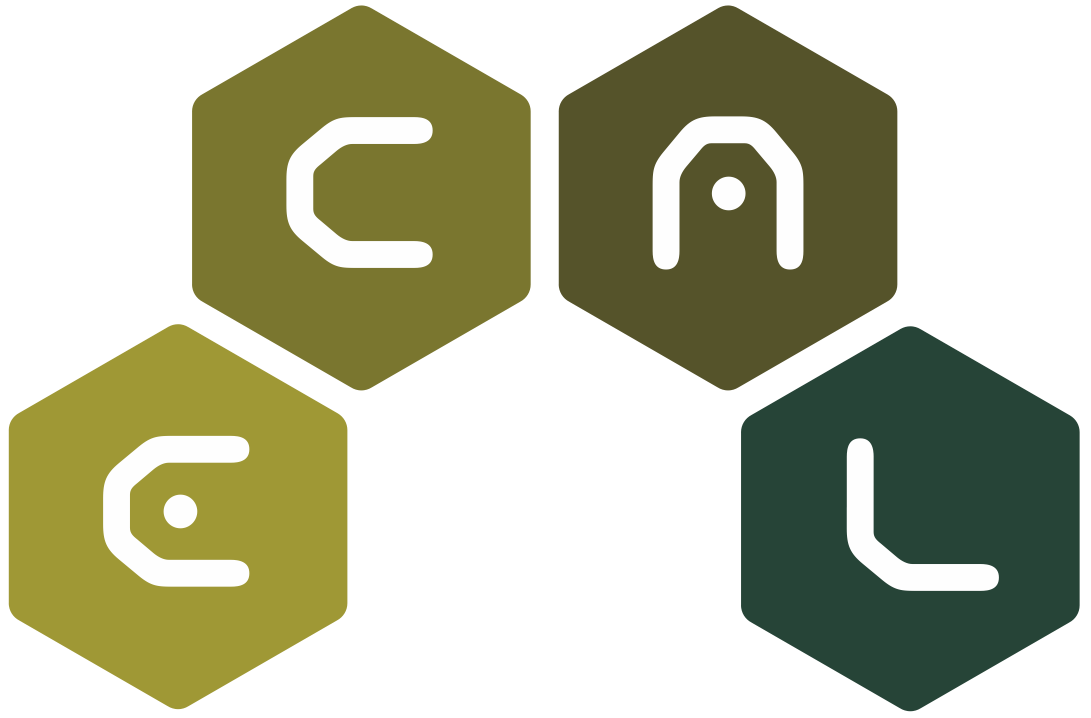Title
Do it yourself (DIY) liquid handling robot for evolutionary search exploration

Do it yourself (DIY) liquid handling robot for evolutionary search exploration
Download via this paper's page on the MIT Press ECAL 2015 Proceedings website.
Open source hardware has made it significantly easier to build custom scientific instrumentation, in particular in the recent wake of open-source 3D printing technology (Jones et al., 2011). The main advantages of DIY scientific instruments include (i) significantly lower instrumentation costs, (ii) possibility for open-ended special purpose functions to address research-specific problems, (iii) deeper understanding of the scientific problem under investigation as the instrumentation is designed simultaneously, as well as (iv) providing an excellent student learning tool. We present the ChemBot: a programmable liquid handling robot, which is able to realize a series of desired functions and processes.
The goal is to build an inexpensive, open source, open hardware, liquid handling robot capable of automated chemical, biophysical or molecular biology/biochemistry experiments including photochemical reactions. Ideally, it should be programmable for multiple parameters and parallel experimentation, including implementation of evolutionary search algorithms; and also incorporate optical observational capabilities to document, survey and analyze experiments.
Features of the ChemBot include deposition of liquids that are pre-loaded into a syringe by semi-automated action; it is capable of simultaneous delivery of up to three different liquids into single micro wells on a 96-well plate, and agitate the contents of the individual wells. Programmable/automatic surveillance by photographic documentation is possible via a microscope. A LED array is present for individual illumination of the wells from below with UV, blue, and white light. The design is highly hackable (easily modyfiable and adaptable) and uses syringe pumps ranging from 1 to 20 ml syringes. The control software can be adapted to most experimental design processes.
Preliminary results. Delivery of volumes as small as 80 nl has been tested and reliability has been observed with volumes as small as 0.5μl (0.5‰ of a total syringe capacity of 1 ml water). Precision and reliability of liquid delivery is the first challenge to overcome (Gilson, 2007).
Combinatorial design of experiments. The ChemBot is designed to support Predictive Design Technology (Caschera et al., 2010), an iterative procedure to efficiently discover desired experimental properties by means of visual (microscope) inspection in extremely large experimental-parameterspaces.